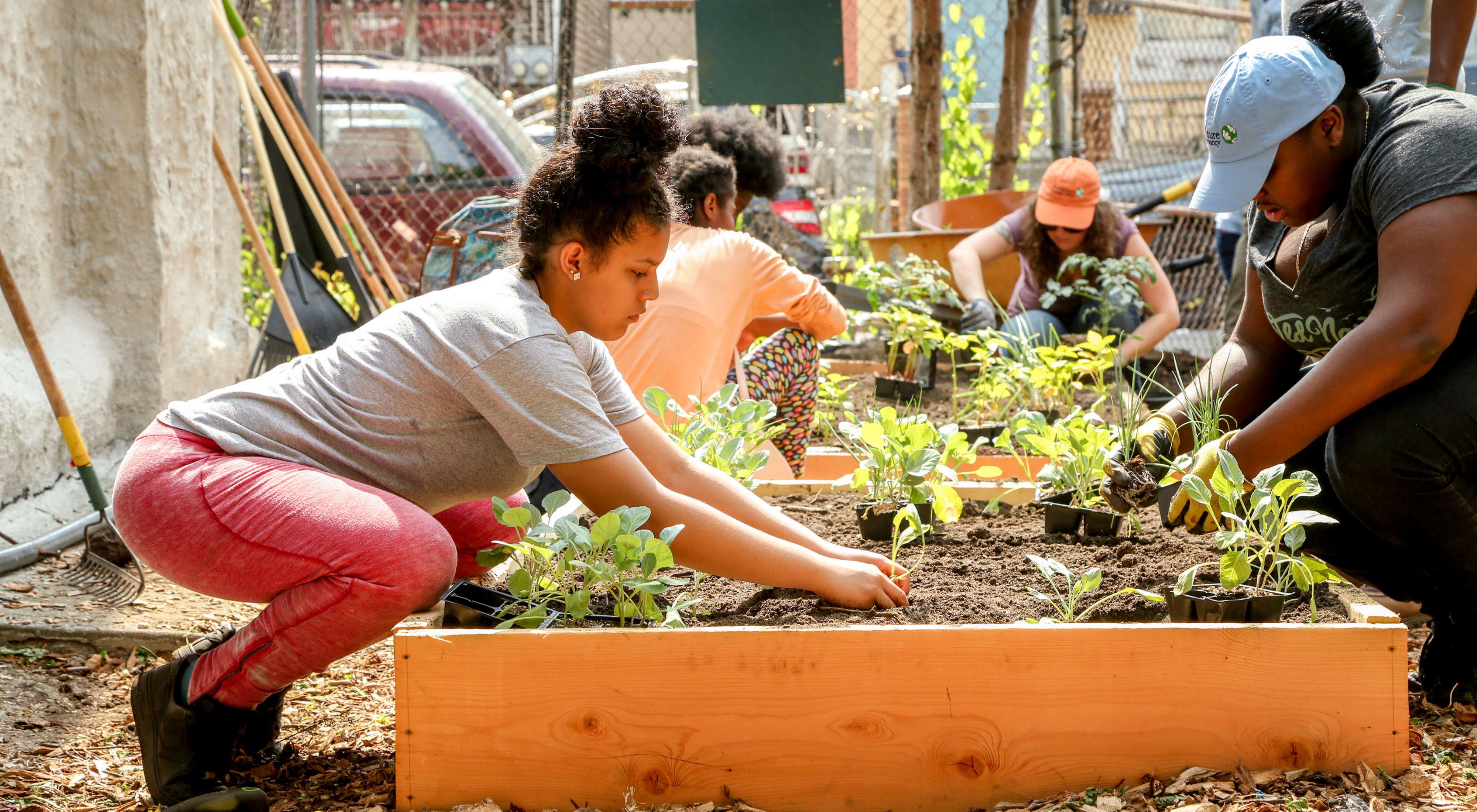

Articles
What Is Community Garden
Modified: February 27, 2024
Discover the benefits of community gardening and learn how to start your own garden. Get expert tips and advice on gardening techniques and sustainable practices.
(Many of the links in this article redirect to a specific reviewed product. Your purchase of these products through affiliate links helps to generate commission for Storables.com, at no extra cost. Learn more)
Introduction
Community gardens have been growing in popularity around the world, bringing people together to nurture plants, cultivate sustainable food sources, and create vibrant green spaces within urban environments. These shared gardening spaces serve as a hub for community engagement, environmental education, and social connection.
A community garden is a collaborative effort where individuals come together to grow and maintain a garden in a shared space. Whether it’s a small plot of land, an unused piece of public space, or even rooftop gardens, community gardens provide opportunities for people of all ages and backgrounds to participate in the process of cultivating plants.
In recent years, the popularity and recognition of community gardens have skyrocketed due to their numerous benefits. From providing fresh, locally grown produce to enhancing community cohesion, community gardens have become an integral part of sustainable urban living.
By participating in community gardening, individuals can reconnect with nature, learn new skills, and contribute to the overall well-being of both themselves and their communities. These shared green spaces not only beautify urban landscapes but also promote a sense of ownership and pride among community members.
Moreover, community gardens offer numerous environmental benefits. They help improve air quality, mitigate climate change, and promote biodiversity by creating habitats for pollinators and other wildlife. These green spaces also contribute to stormwater management, helping to reduce the risk of floods and water runoff.
In this article, we will explore the definition of community gardens, delve into their various benefits, discuss different types of community gardens, share tips on how to start and maintain one, highlight some success stories, address challenges faced in community gardening, and examine their impact on the environment. So, let’s dig in and discover the incredible world of community gardening!
Key Takeaways:
- Community gardens promote sustainable living, foster community connections, and contribute to environmental well-being by providing access to fresh produce, promoting physical and mental well-being, and educating individuals about sustainable gardening practices.
- Overcoming challenges such as limited land access and funding constraints, community gardens inspire inclusive decision-making, foster collaboration, and promote environmental stewardship, creating vibrant green spaces that nurture relationships and build resilient communities.
Read more: How To Start A Community Garden
Definition of Community Garden
A community garden is a shared space where individuals or groups come together to cultivate plants, such as fruits, vegetables, herbs, or flowers. These gardens are typically located in urban or suburban areas, where access to green space is limited.
Community gardens can take various forms, from small individual plots to larger collective gardens. They can be situated on private or public land, and are usually managed collectively by the participating community members.
The primary objective of community gardens is to foster a sense of community, promote sustainable food production, and create a space for people to engage in gardening activities. In community gardens, individuals of all ages and backgrounds can come together, share their knowledge and skills, and collaborate on the maintenance and cultivation of the garden.
These gardens not only provide a valuable source of fresh, locally grown produce, but they also serve as important educational spaces. Community gardeners can learn about organic gardening practices, sustainable agriculture techniques, and environmental stewardship.
Community gardens often play a crucial role in food security, especially in areas where there is limited access to fresh and affordable produce. They help address issues of food deserts and promote healthier eating habits by making nutritious food options more accessible to community members.
Furthermore, community gardens can be a catalyst for social interactions and community building. They create opportunities for people to connect, form friendships, and engage in meaningful conversations. These shared gardening spaces foster a sense of belonging and solidarity among community members.
In summary, community gardens are collaborative spaces that bring people together to grow and maintain plants, promote sustainable food production, educate individuals about gardening practices, address food security issues, and foster community engagement and social connections.
Benefits of Community Gardens
Community gardens offer a multitude of benefits, ranging from personal well-being to environmental sustainability. Let’s explore some of the key advantages these green spaces provide:
- Access to Fresh, Locally Grown Produce: Community gardens enable individuals to have access to fresh and nutritious produce. By growing their own fruits, vegetables, and herbs, community gardeners can enjoy the taste and health benefits of homegrown food.
- Economic Savings: Community gardening can help reduce household food expenses. By growing their own food, individuals can supplement their grocery shopping and save money in the long run.
- Physical and Mental Well-being: Engaging in gardening activities has been linked to numerous health benefits. Spending time in community gardens promotes physical activity, reduces stress levels, and improves overall mental well-being.
- Environmental Stewardship: Community gardens contribute to environmental sustainability. They reduce the need for long-distance transportation of food, promote organic growing practices, and enhance local biodiversity by providing habitats for pollinators and other wildlife.
- Community Engagement and Social Connections: Community gardens serve as a gathering place for people from diverse backgrounds. They encourage social interactions, facilitate knowledge sharing, and foster a sense of belonging and community pride.
- Education and Skill Development: Community gardens provide hands-on learning opportunities for individuals of all ages. From planting and nurturing crops to composting and pest management, participants can learn valuable gardening skills and sustainable practices.
- Beautification of Urban Spaces: Community gardens transform vacant lots or unused spaces into vibrant green oases. These gardens beautify urban landscapes, contribute to urban renewal efforts, and enhance the overall aesthetics of neighborhoods.
- Food Security and Food Justice: Community gardens help address food security issues in underserved communities. They provide access to fresh, healthy food options, reducing reliance on processed and unhealthy food choices.
These are just a few of the many benefits that community gardens offer. Whether it’s improving individual well-being, fostering community connections, or promoting sustainable practices, these shared green spaces have a positive impact on individuals and the environment alike.
Types of Community Gardens
Community gardens come in various types and forms, each with its own unique characteristics and purposes. Let’s explore some of the common types of community gardens:
- Allotment Gardens: These gardens consist of individual plots assigned to community members who cultivate their own fruits, vegetables, and flowers. Allotment gardens provide individuals with a sense of ownership and autonomy over their plots, promoting self-sufficiency and independence.
- Shared Gardens: In shared gardens, participants work collaboratively on a common garden space, sharing the responsibilities of planting, maintenance, and harvesting. This model promotes collective decision-making and fosters a strong sense of community.
- Teaching Gardens: Teaching gardens focus on providing educational opportunities for individuals to learn about gardening techniques, ecological sustainability, and food production. These gardens often partner with schools, universities, or community organizations, offering workshops, classes, and hands-on learning experiences.
- Therapeutic Gardens: Therapeutic gardens are designed to support the well-being and healing of individuals, particularly those with physical or mental health challenges. These gardens incorporate elements of sensory stimulation, relaxation, and accessibility to promote therapeutic benefits.
- Intergenerational Gardens: Intergenerational gardens create spaces for different age groups to come together, fostering mentorship and knowledge exchange between older and younger community members. These gardens promote intergenerational social interactions and strengthen community bonds.
- Ethnic or Cultural Gardens: Ethnic or cultural gardens celebrate the diversity and heritage of specific communities. They showcase plants, herbs, and traditional crops associated with different cultures, promoting cultural exchange and preserving cultural traditions.
- Green Roof or Rooftop Gardens: These gardens are situated on rooftops of buildings, utilizing unused spaces to create green oases in urban environments. Green roof gardens help reduce the urban heat island effect, improve air quality, and provide food sources in urban settings.
- Community Orchard: Community orchards focus on growing fruit trees and other perennial crops. These gardens provide a sustainable source of fresh fruits for the community and require long-term planning and management.
These are just a few examples of the types of community gardens that exist. The diversity of community gardens allows individuals and communities to choose a model that aligns with their goals, interests, and resources.
How to Start a Community Garden
Starting a community garden can be an exciting and rewarding endeavor. It brings people together to transform unused spaces into vibrant green oases. If you’re interested in starting a community garden in your neighborhood, here are some steps to guide you:
- Gather a Core Group: Start by reaching out to neighbors, friends, and community organizations to gauge interest and form a core group of individuals who are passionate about community gardening.
- Identify a Suitable Location: Look for a suitable piece of land for your community garden. It could be an unused lot, an empty space in a park, or even a rooftop. Ensure that the land has access to sunlight, water, and is suitable for cultivation.
- Get Permission: Depending on the land ownership, you may need to seek permission from the landowner or relevant authorities to use the space for community gardening. Look into any local regulations or permits required for starting a community garden.
- Assess Resources: Identify the resources you have available, such as tools, water access, soil quality, and funding. Consider reaching out to local businesses, community organizations, or government agencies for support.
- Develop a Plan: Create a vision and goals for your community garden. Decide on the garden layout, plot sizes, and overall design. Consider factors such as accessibility, water sources, composting areas, and communal spaces.
- Engage the Community: Organize community meetings or events to generate interest and involve more people. Share your vision for the community garden and invite input and feedback from potential participants.
- Establish Rules and Guidelines: Develop a set of guidelines and rules for the community garden, including rules about plot allocation, maintenance responsibilities, and sustainable gardening practices. Ensure that everyone understands and agrees to abide by these guidelines.
- Prepare the Land: Clear the land, remove any debris or obstacles, and prepare the soil for planting. Test the soil for nutrient levels and pH, and amend the soil as necessary to create optimal growing conditions.
- Assign Plots: Develop a fair and transparent process for assigning plots to community members. Consider factors such as need, experience, and availability.
- Provide Infrastructure: Set up necessary infrastructure such as fencing, water sources, composting areas, and storage sheds. Consider installing communal spaces like benches, gazebos, or gathering areas.
- Commence Gardening: Once everything is set up, encourage community members to start gardening on their allocated plots. Keep communication channels open for sharing tips, addressing questions, and fostering a sense of community.
- Maintain and Sustain: Regularly organize community workdays to maintain the common areas, address common challenges, and promote learning opportunities. Encourage sustainable gardening practices, such as composting, water conservation, and organic pest management.
Remember, starting a community garden requires patience, persistence, and collaboration. It’s a collective effort that brings people together and creates a thriving green space for the community to enjoy.
Community gardens are shared spaces where people come together to grow and maintain fruits, vegetables, and flowers. They provide opportunities for community engagement, education, and access to fresh produce.
Read more: What Is Community Silverware Made Of
Maintaining a Community Garden
Maintaining a community garden is an ongoing effort that requires collaboration and active participation from all community members. Here are some essential tasks and practices to help ensure the success and sustainability of your community garden:
- Regular Maintenance: Encourage community members to visit their plots regularly, water their plants, and tend to any necessary upkeep. Regular maintenance ensures that the garden stays healthy and productive.
- Establish Garden Rules: Develop and communicate clear rules for maintaining the community garden. These rules could include guidelines for watering, weeding, pest management, and overall garden cleanliness. Everyone should understand and abide by these rules to foster a harmonious and productive garden environment.
- Organize Workdays: Plan regular community workdays where everyone comes together to tackle collective tasks such as composting, mulching, and maintaining common areas. These workdays foster a sense of collaboration and shared responsibility.
- Implement Watering System: Install a watering system, such as drip irrigation or rainwater harvesting, to efficiently and sustainably water the garden. Ensure that everyone understands how to use the watering system properly.
- Manage Pests and Diseases: Encourage organic pest management practices to protect the garden from harmful pests while minimizing the use of synthetic pesticides. Promote companion planting, natural predators, and regular monitoring to identify and address pest and disease issues promptly.
- Encourage Composting: Establish composting areas within the community garden to recycle organic waste and generate nutrient-rich compost for the garden beds. Educate community members on composting techniques and the importance of reducing waste.
- Promote Soil Health: Regularly test the soil for nutrient levels and pH balance. Amend the soil with organic matter, such as compost or mulch, to improve its fertility and structure. Encourage crop rotation to prevent nutrient depletion and minimize pest and disease buildup.
- Provide Education and Resources: Arrange workshops, guest speakers, and educational materials to continually educate community members about sustainable gardening practices, plant care, and environmental stewardship. Foster a culture of learning and knowledge exchange within the garden community.
- Communicate and Share: Maintain open lines of communication among community gardeners. Use social media, email newsletters, or in-person meetings to share updates, gardening tips, and upcoming events.
- Promote Inclusivity: Ensure that the community garden is inclusive and accessible to everyone. Create raised beds or accessible pathways for individuals with mobility challenges. Foster a welcoming and supportive environment for diverse community members.
- Celebrate Success: Acknowledge and celebrate the achievements and progress made in the community garden. Organize events or gatherings to share harvests, exchange recipes, and build a sense of community pride.
- Secure Funding and Support: Seek funding opportunities or partnerships with local organizations to secure resources and support for the community garden. This may include funding for infrastructure, tools, educational materials, or community events.
Remember, maintaining a community garden is an ongoing commitment that requires the active involvement and dedication of all community members. By working together and implementing sustainable practices, your community garden will continue to thrive and provide numerous benefits for years to come.
Community Garden Success Stories
Community gardens have had a profound impact on individuals and communities around the world. Here are a few inspiring success stories that highlight the transformative power of community gardening:
- Clinton Community Garden, New York City, USA: The Clinton Community Garden in Manhattan’s Hell’s Kitchen neighborhood is a thriving oasis in the midst of an urban jungle. This garden, founded in 1978, has transformed a vacant lot into a green paradise. It serves as a space for residents to grow food, connect with nature, and build a strong sense of community. The garden also hosts educational workshops, art exhibits, and community events, turning it into a vibrant hub for sustainable urban living.
- Hulme Community Garden Centre, Manchester, UK: Located in one of Manchester’s most economically deprived areas, the Hulme Community Garden Centre has become a symbol of hope and regeneration. The garden center provides training and employment opportunities for local residents, teaching them valuable horticultural skills and fostering a sense of pride in their community. It offers a wide range of plants, hosts educational programs, and has become a cherished gathering space for the Hulme community.
- Enright Ridge Urban Eco-Village, Cincinnati, USA: The Enright Ridge Urban Eco-Village is an innovative community that combines sustainable housing, green spaces, and urban agriculture. The community garden plays a central role in providing fresh produce for residents, building strong social bonds, and promoting ecological sustainability. The garden serves as a model of sustainable living and demonstrates the power of community collaboration in creating a resilient and environmentally conscious neighborhood.
- Kibera Organic Gardens, Nairobi, Kenya: Located in one of Nairobi’s largest slums, the Kibera Organic Gardens have transformed a barren piece of land into a lush and productive oasis. The garden provides a source of nutritious food for the local community, while also teaching sustainable farming practices and entrepreneurship skills to vulnerable youth. The success of the Kibera Organic Gardens has inspired similar initiatives in other slum communities, empowering individuals to break the cycle of poverty and improve their livelihoods.
- Bell Gardens Community Garden, Los Angeles, USA: Bell Gardens Community Garden is a shining example of how community gardening can bring diverse communities together. Located in a predominantly Latino neighborhood, this garden has become a space for cultural exchange, healthy food access, and intergenerational connections. The garden has helped foster a sense of pride in the community’s cultural heritage, while also promoting sustainable food production and environmental stewardship.
These success stories demonstrate the transformative impact that community gardens can have on individuals, neighborhoods, and even entire cities. From fostering community connections to promoting sustainable living practices, community gardens offer endless opportunities for growth, connection, and positive change.
Challenges and Solutions in Community Gardening
While community gardening brings numerous benefits, it also comes with its fair share of challenges. Understanding and addressing these challenges is key to maintaining successful community gardens. Here are some common challenges faced in community gardening and potential solutions:
- Limited Access to Land: One significant challenge is finding suitable land for community gardens, particularly in urban areas where available space is scarce. Solutions may include working with local authorities to identify and secure public or private land, or partnering with institutions such as schools or churches to utilize their land for community gardening.
- Lack of Funding and Resources: Community gardens often rely on limited funding and resources for infrastructure, tools, soil amendments, and education. Seeking grants, engaging local businesses or organizations for support, and organizing fundraisers are potential solutions to overcome resource constraints.
- Managing Conflict and Communication: As community gardens involve collaboration among diverse individuals, conflicts and communication breakdowns may arise. Establishing clear guidelines and codes of conduct, encouraging open and respectful communication, and promoting community engagement can help minimize conflicts and foster a harmonious garden community.
- Maintaining Consistent Participation: Sustaining active participation from community members can be a challenge over time. Regular communication, organizing community events, celebrating successes, and continuously promoting the benefits of community gardening are ways to keep community members engaged and committed.
- Pest and Disease Management: Dealing with pests and diseases without relying on harmful chemicals is a common challenge in community gardening. Encouraging organic gardening practices, such as companion planting, crop rotation, and beneficial insects, can help manage pests and diseases sustainably.
- Water Management: Community gardens often face water availability and conservation challenges. Efficient irrigation systems, rainwater harvesting, mulching, and educating gardeners about water-wise practices can help address water management issues.
- Engaging and Empowering Community Members: Ensuring that all community members have a voice and feel empowered to actively participate can be a challenge in community gardening. Inclusive decision-making processes, educational programs, mentorship opportunities, and recognizing individuals’ contributions can help create a sense of ownership and empower community members.
- Sustainability Practices: Promoting and maintaining sustainable gardening practices, such as composting, organic farming methods, and soil conservation, can be challenging. Providing educational resources, workshops, and mentorship to community members on sustainable practices can help overcome these challenges.
By recognizing and addressing these challenges proactively, community gardens can thrive and continue to provide numerous benefits for the community. It’s important to foster a collaborative and supportive environment where community members feel valued and empowered to contribute to the success of the garden.
Community Gardens and the Environment
Community gardens play a vital role in promoting environmental sustainability and supporting a healthier planet. Here are some ways in which community gardens contribute to the well-being of the environment:
- Urban Greenery and Biodiversity: Community gardens bring pockets of greenery into urban environments, helping to counteract the negative effects of concrete and asphalt. These green spaces provide habitats for pollinators, birds, and other wildlife, contributing to urban biodiversity and supporting a healthier ecosystem.
- Reduced Environmental Footprint: By growing their own food, community gardeners reduce their reliance on long-distance transportation and the associated carbon emissions. Locally grown produce requires fewer resources for packaging, refrigeration, and storage, resulting in a smaller environmental footprint.
- Stormwater Management: Community gardens help manage stormwater runoff by absorbing and filtering rainwater. The soil in the gardens acts as a natural sponge, reducing the risk of flooding and minimizing the pollution of waterways by capturing sediment, nutrients, and contaminants.
- Improved Air Quality: Community gardens contribute to cleaner air by absorbing carbon dioxide and releasing oxygen through photosynthesis. The presence of plants helps filter pollutants from the air, reducing the levels of harmful substances and improving air quality in the surrounding area.
- Promotion of Organic Gardening Practices: Many community gardens prioritize organic gardening practices, avoiding the use of synthetic pesticides, herbicides, and fertilizers. This choice helps protect the soil and water from chemical contamination, promotes soil health, and supports a more balanced and sustainable ecosystem.
- Educating and Inspiring Sustainable Living: Community gardens serve as educational spaces, promoting sustainable living practices among gardeners and visitors. These gardens offer opportunities to learn about composting, water conservation, and other eco-friendly practices, inspiring individuals to incorporate these principles into their own lives.
- Food Waste Reduction: Community gardens assist in reducing food waste by providing a solution for individuals to grow only what they need and utilize surplus produce effectively. This reduces the amount of food ending up in landfills, where it would contribute to methane emissions.
- Community Resilience: Community gardens promote self-sufficiency and resilience by encouraging local food production. In times of emergencies or disruptions to the food supply chain, community gardens can play a critical role in providing fresh produce for the community, enhancing food security, and building community resilience.
Through their various environmental contributions, community gardens serve as important catalysts for positive change. They demonstrate that sustainable practices can be implemented at the grassroots level and inspire individuals to take action towards a greener and healthier planet.
Conclusion
Community gardens have emerged as powerful catalysts for positive change, bringing people together to cultivate plants, foster community connections, and promote environmental sustainability. These shared green spaces provide benefits that extend far beyond the garden beds.
By creating opportunities for individuals of all ages and backgrounds to engage in gardening activities, community gardens offer a multitude of advantages. They provide access to fresh, locally grown produce, promote physical and mental well-being, and educate individuals about sustainable gardening practices. Community gardens help address food security issues, enhance community engagement, and beautify urban landscapes.
In addition to the personal benefits, community gardens contribute to a healthier environment. They reduce carbon emissions by promoting local food production, improve air quality, manage stormwater runoff, and support urban biodiversity. Through organic gardening practices and educational initiatives, community gardens foster a culture of environmental stewardship and inspire sustainable living practices.
However, community gardening is not without its challenges. Limited land access, funding constraints, communication breakdowns, and maintaining active participation are common hurdles. Nevertheless, by implementing solutions such as collaborative decision-making, seeking partnerships and grants for resources, and promoting inclusivity, these challenges can be overcome.
Community gardens are not just about growing plants; they are about growing a sense of community, nurturing relationships, and cultivating a deeper connection with the natural world. These shared spaces provide opportunities for people to come together, learn from one another, and build a more sustainable and resilient future.
As we continue to navigate the complexities of urban living and environmental concerns, community gardens stand as beacons of hope and inspiration. They remind us of the power of collective action and the positive impact individuals can have on their communities and the planet as a whole.
So, whether you’re a seasoned gardener or a novice with a green thumb, consider joining or starting a community garden. Embrace the joy of growing your own food, nurturing nature, and experiencing the transformative power of community gardening. Together, we can cultivate not just gardens, but sustainable communities and a greener world for generations to come.
Frequently Asked Questions about What Is Community Garden
Was this page helpful?
At Storables.com, we guarantee accurate and reliable information. Our content, validated by Expert Board Contributors, is crafted following stringent Editorial Policies. We're committed to providing you with well-researched, expert-backed insights for all your informational needs.
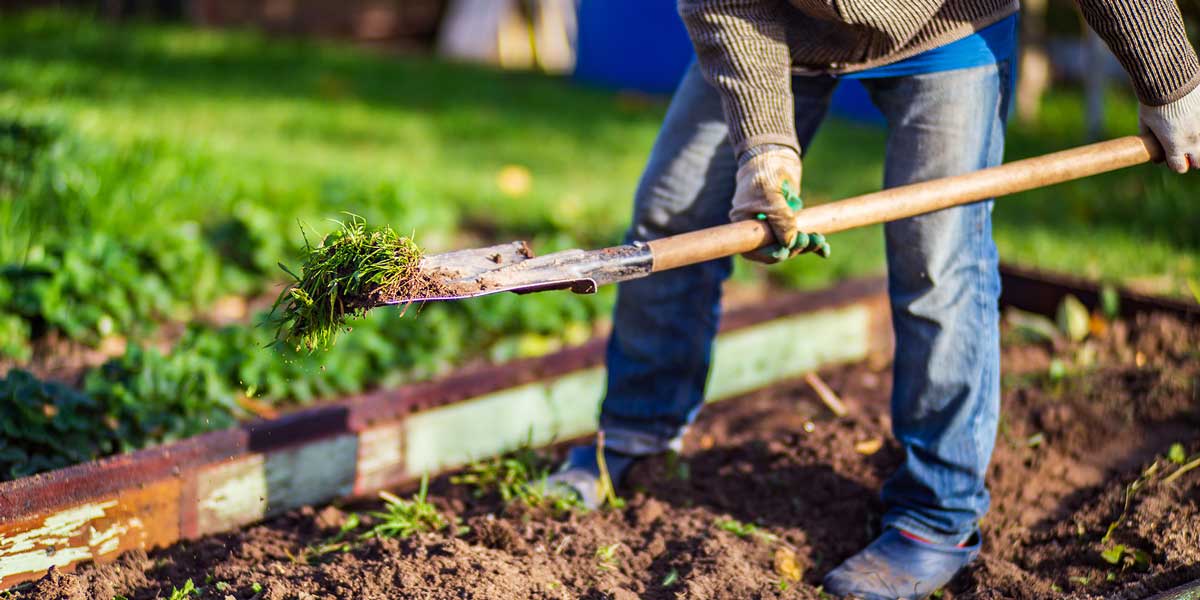

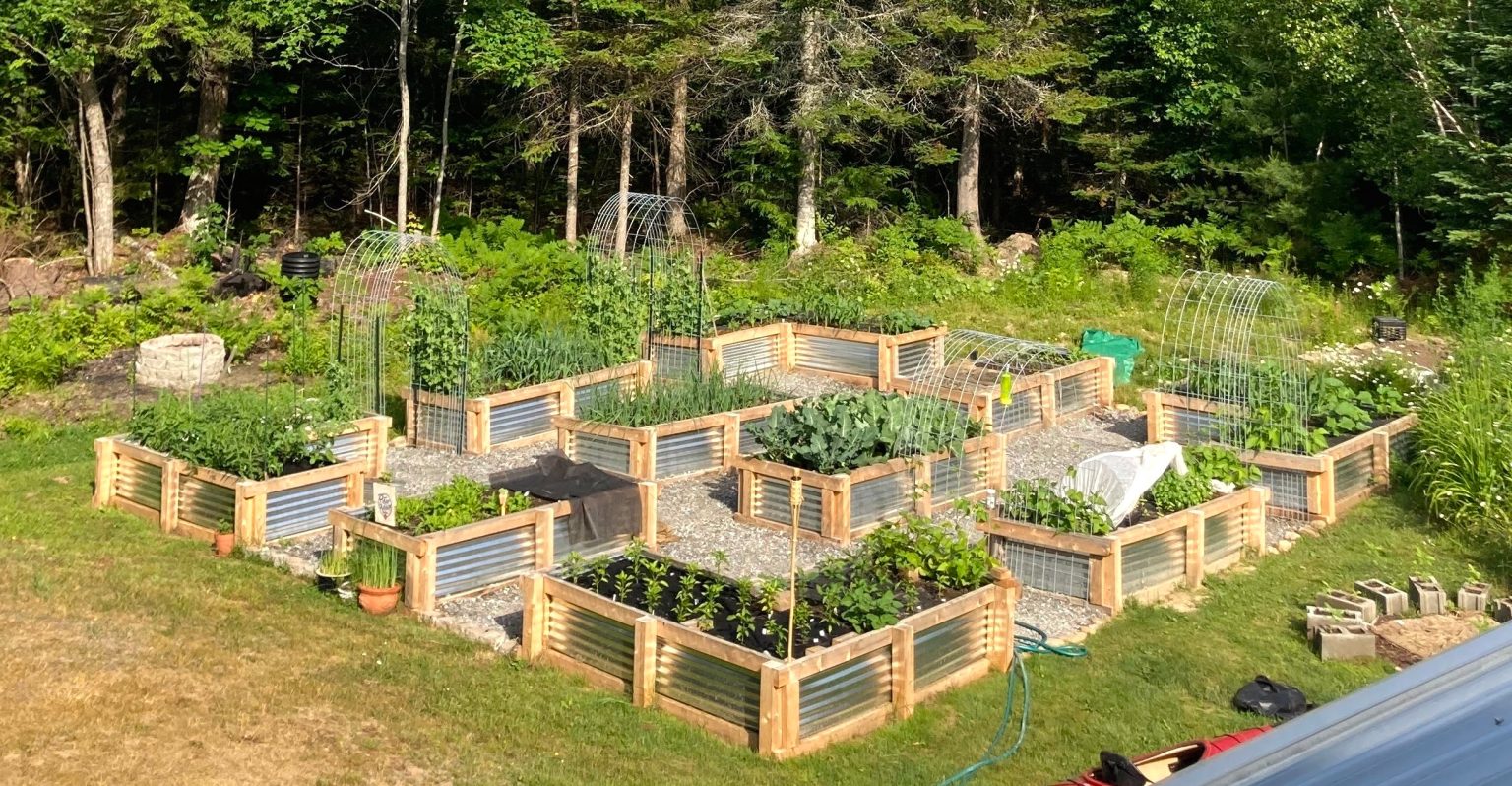


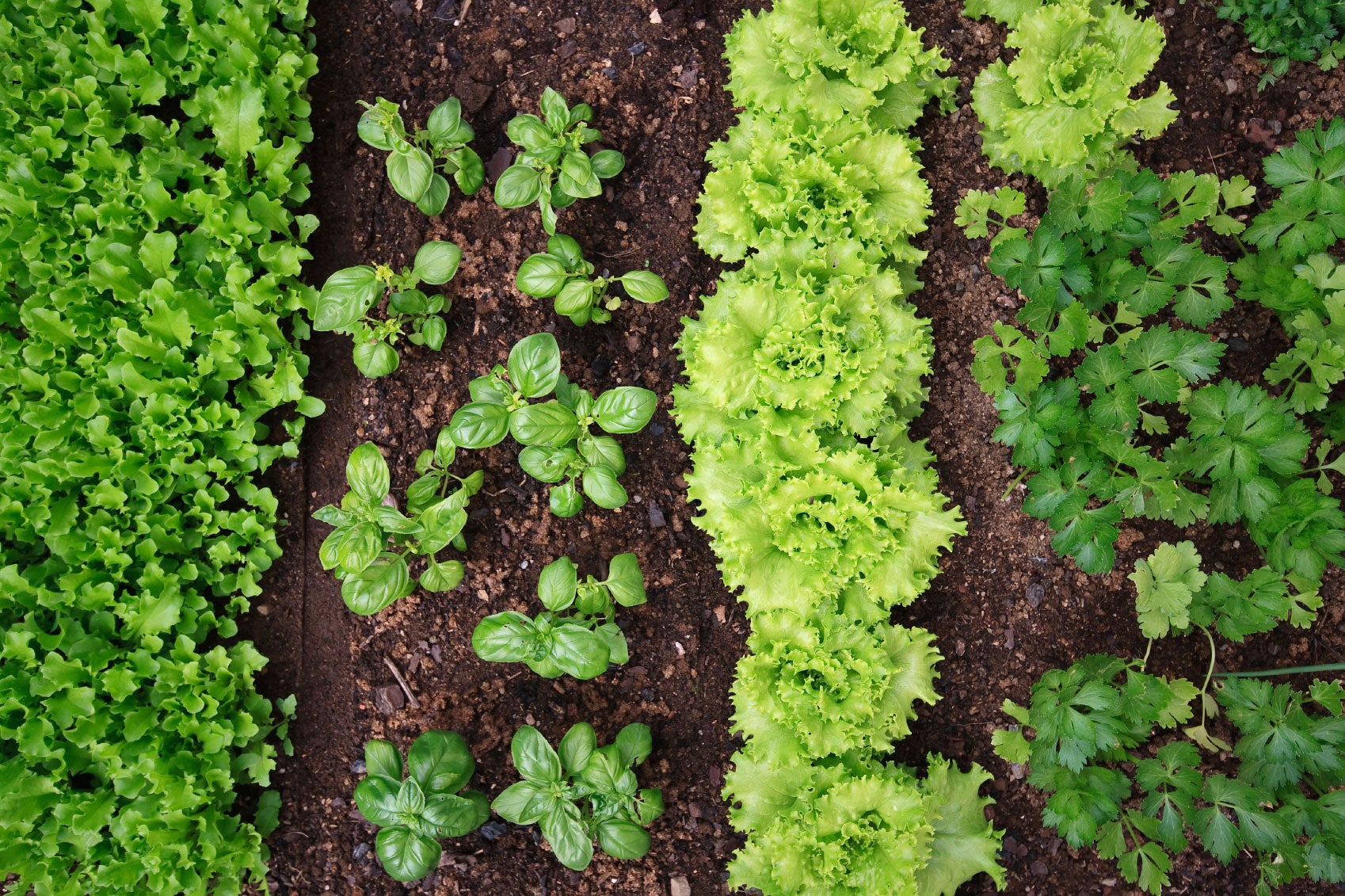
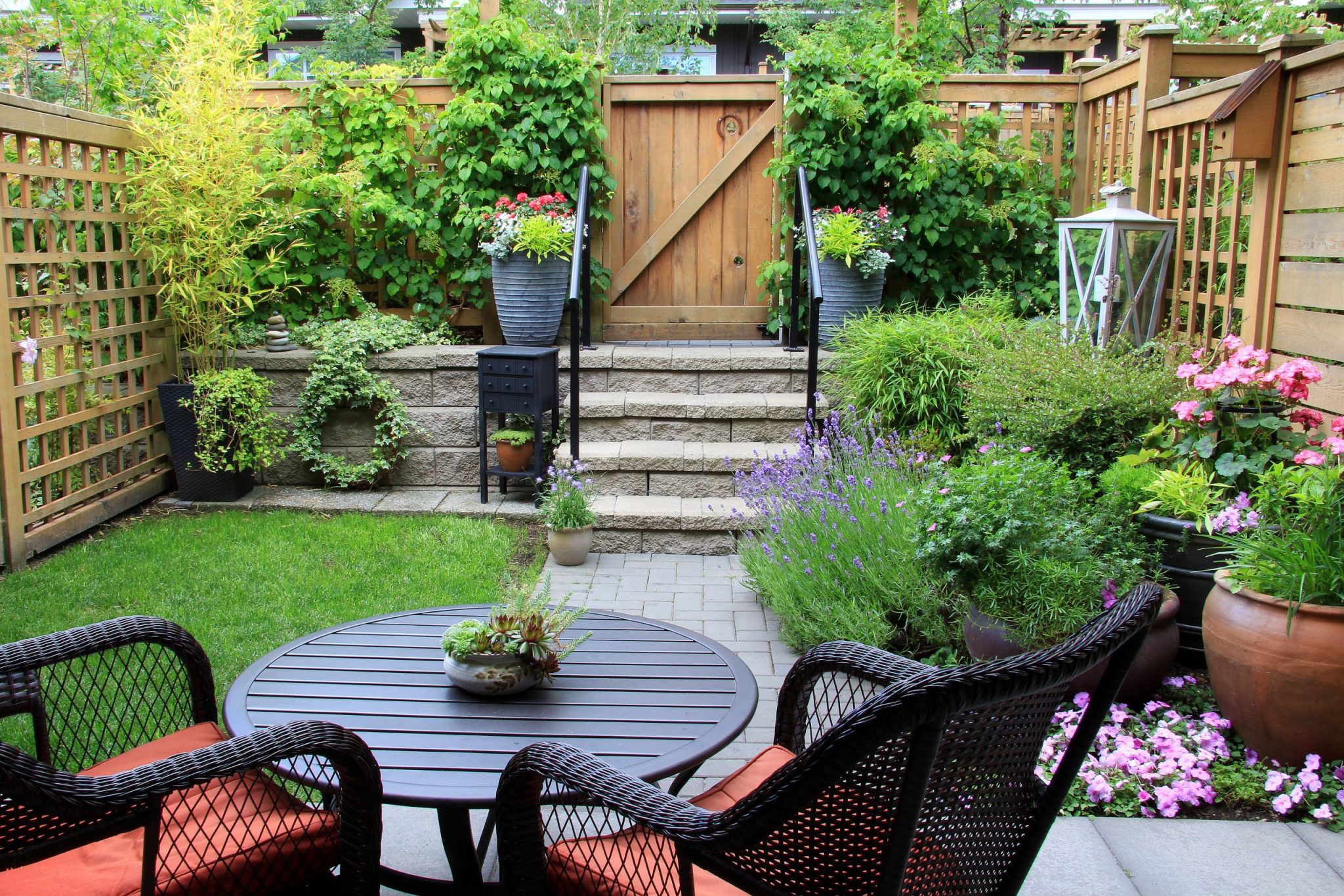
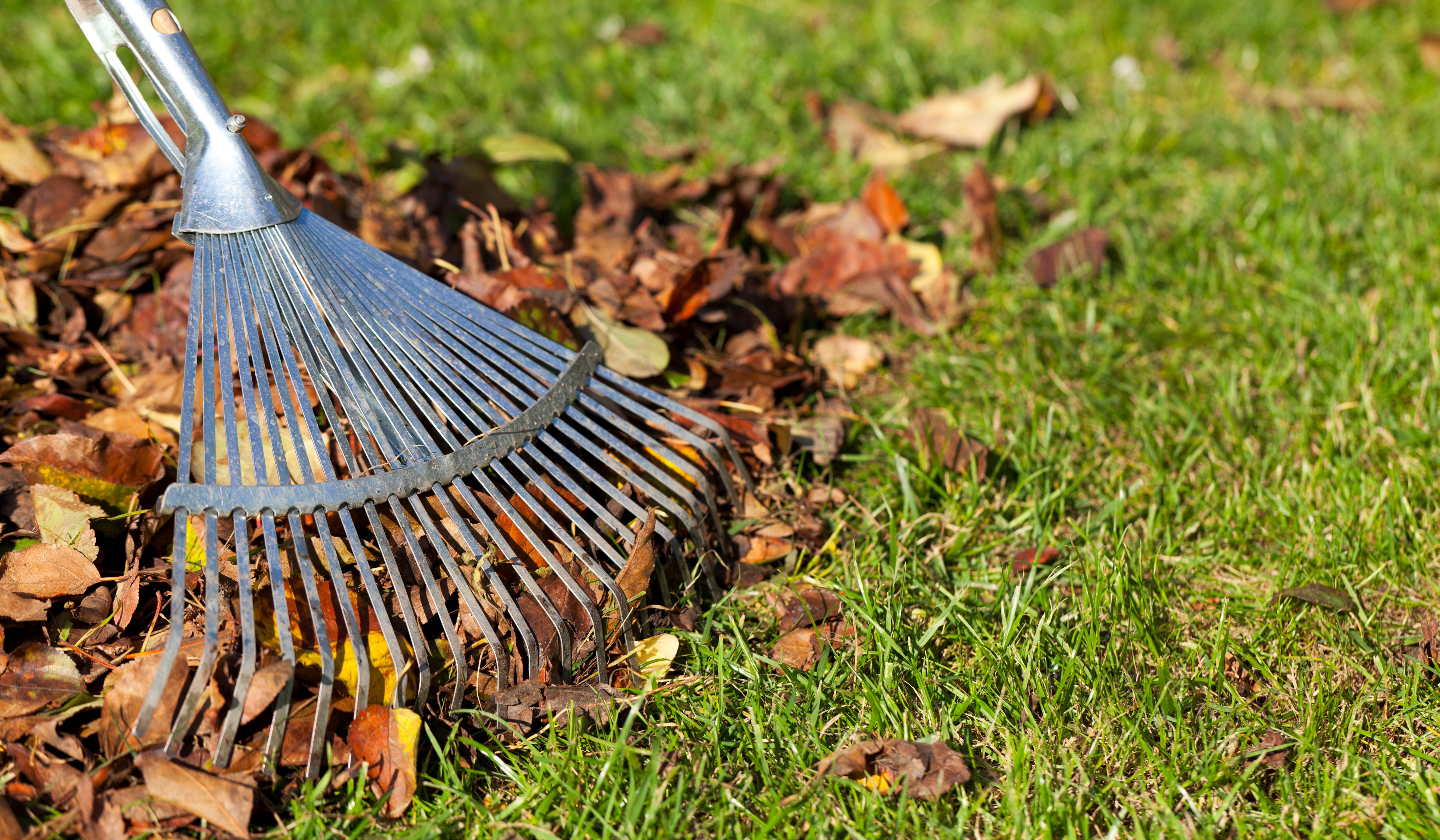
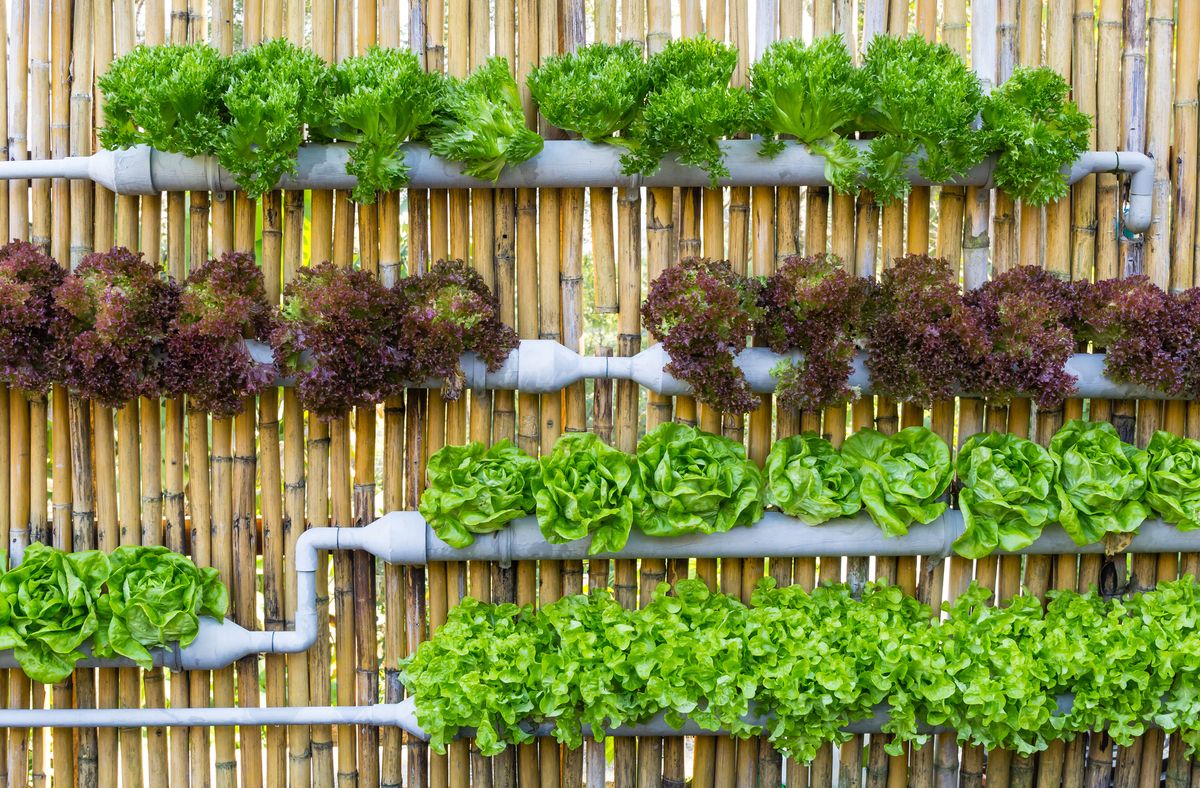
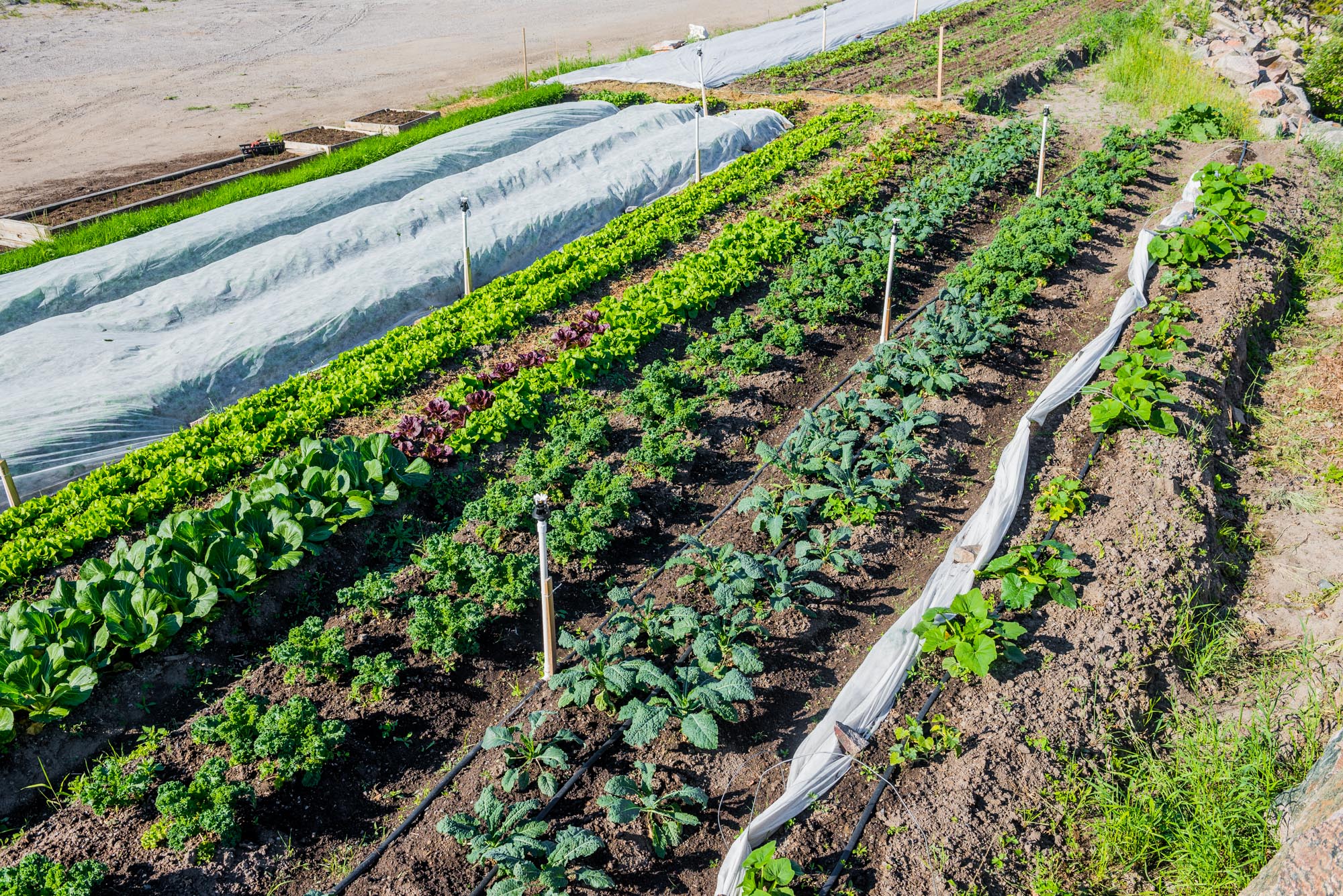
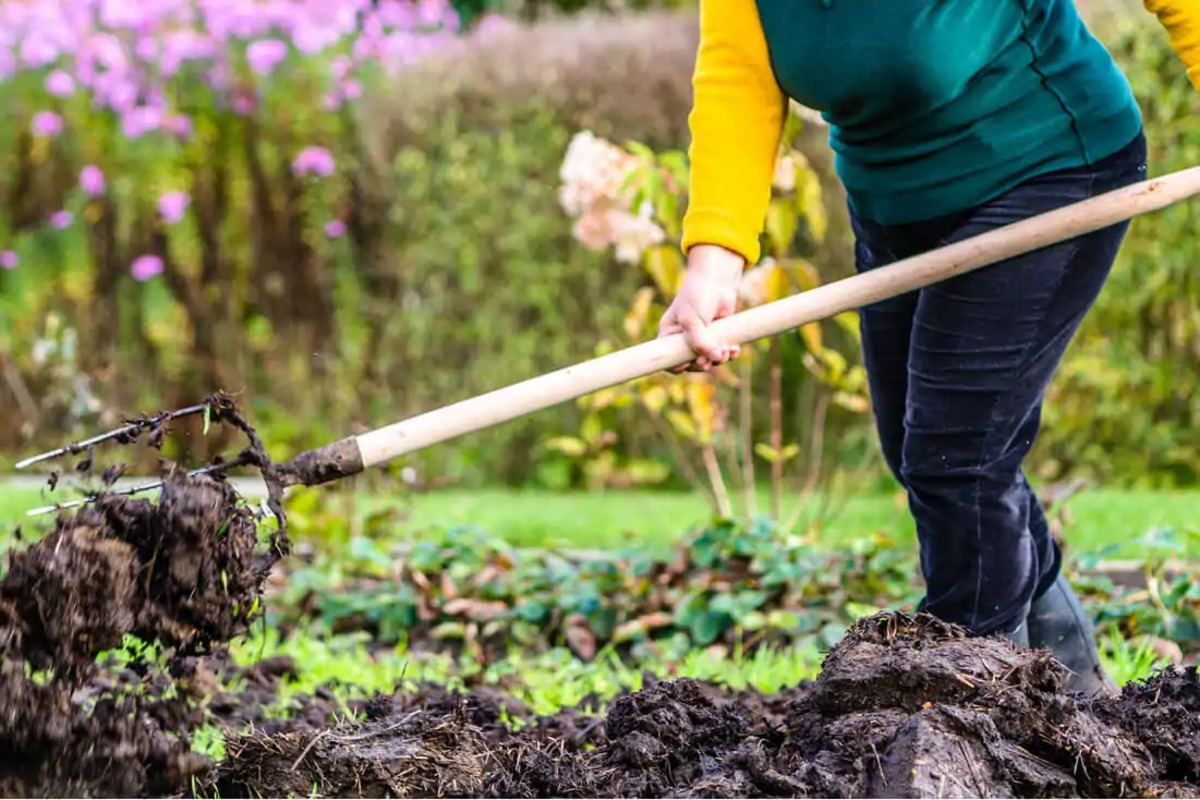
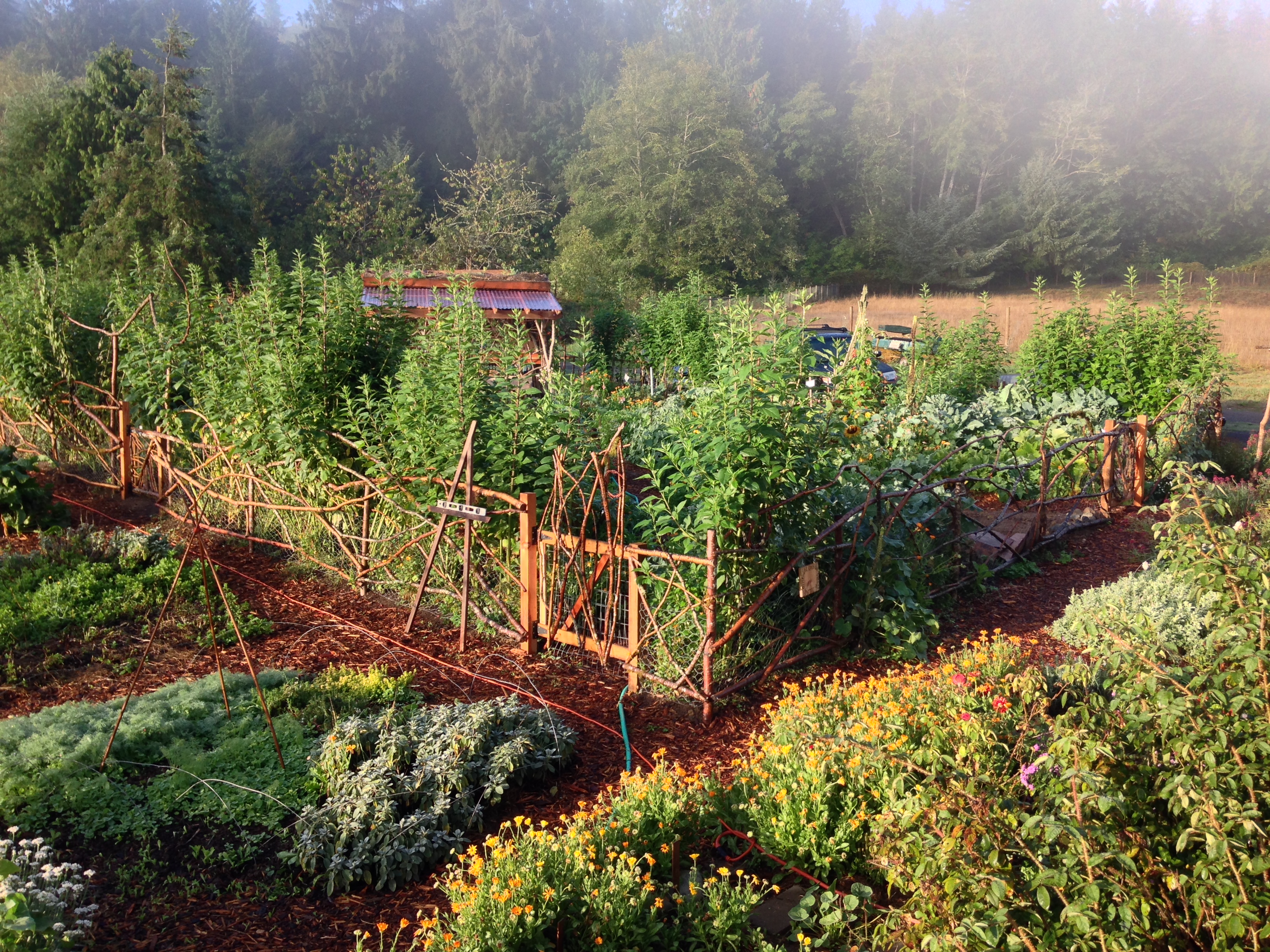


0 thoughts on “What Is Community Garden”